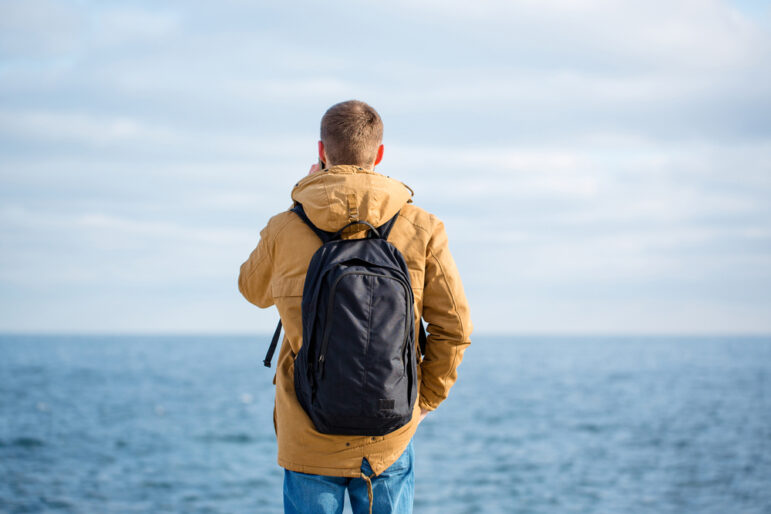
Safety & Security Sustainability
Inside ‘Projekt Helpline’: Germany’s Mental Health Phoneline for Journalists
A dedicated mental health helpline for journalists facing anxiety, stress, and burnout was a long time coming. Can it survive?

A dedicated mental health helpline for journalists facing anxiety, stress, and burnout was a long time coming. Can it survive?
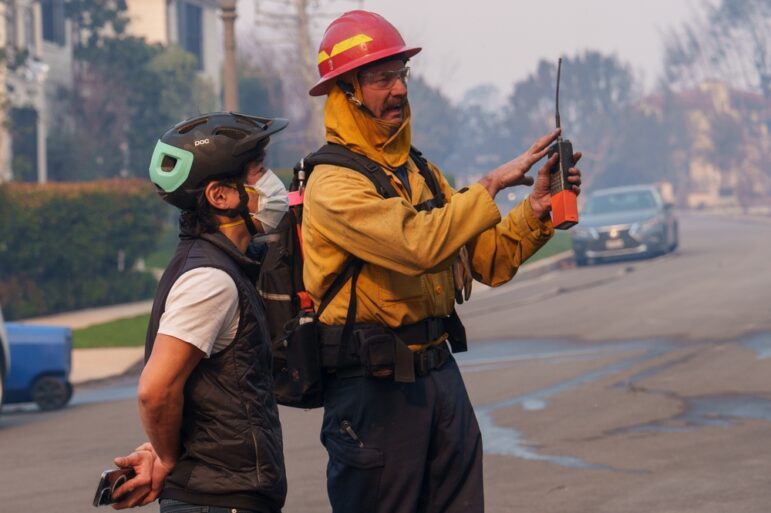
Two California-based journalists offer some reporting best practices, logistical tips, and safety precautions to take when covering wildfires.

Would a group of reporters who knew – for sure – that they were being followed be able to identify the operatives sent to track them?
Digital security may seem a little daunting at first, but increased security will help investigative journalists build trust with — and protect — current and future sources.

Sevgil Musaieva on the challenges of reporting during war and the dilemma facing journalists who want to fight for their country.

Brazilian investigative journalist Juliana Dal Piva faced personal and professional ramifications for investigating the powerful.

Veteran journalists share tips on how to monitor online chatter among white supremacists and other far right extremists — and how to stay safe while doing so.

German investigative journalist Bastian Obermayer – who was leaked the Panama Papers documents – explains the art of finding, using, and safeguarding sources.
Hundreds of journalists are forced into exile around the world by despots, autocrats, and crime cartels. Exiled editors and émigré media are an old story. But amid the modern backlash against independent media, journalists are taking advantage of a new era in tools and technology. These digital toolkits are proving a game-changer, enabling journalists to better report on their homelands, and their audiences to better access that reporting.
Online harassment of investigative journalists who identify as women has reached crisis proportions. In addition to gendered trolling, discrimination, and doxxing, women reporters are disproportionately the targets of intimidation and even direct physical threats on social media. See this experienced and courageous panel to learn about the effective resources that now exist to not only […]
The rise of AI-powered chatbots has prompted hot debates about whether these technologies will reshape or unmake our world. But instead of engaging in the hype cycle, journalists can demystify these tools for their audiences by sticking to basic reporting principles: investigate the artificial intelligence models themselves and cover their real-world impact. Burke will discuss […]
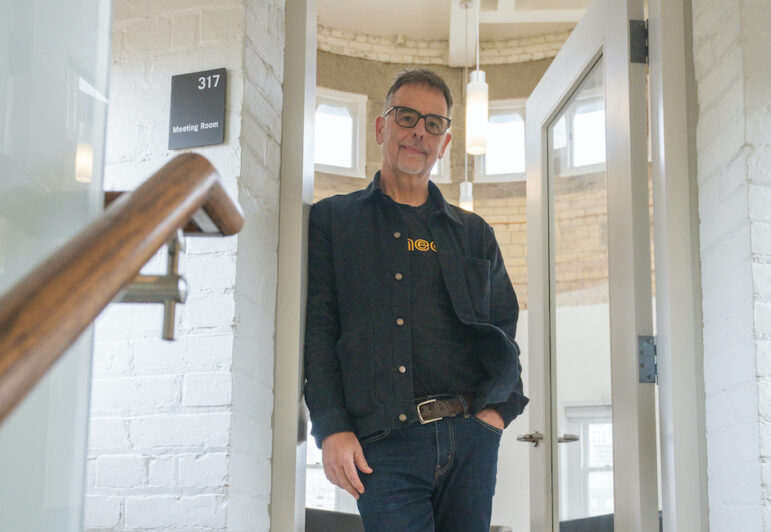
The director of Citizen Lab warns that spyware and a “general descent into authoritarianism” have created a perfect storm for democratic institutions.

Amidst disinformation and numerous attacks on press freedom, investigative reporting has all but disappeared from Peru’s major news outlets, leaving a handful of small nonprofit digital outlets to carry the mantle of accountability reporting.

A panel about the “brave new world” of surveillance at the 2023 IPI World Media Congress in Vienna discusses success stories around the world of journalists and activists pushing back against new and enhanced surveillance methods.

The National Press Club recently hosted a panel of cybersecurity and digital experts to discuss the latest in government internet shutdowns and online censorship — and how journalists can work around these challenges.

Hungarian investigative media outlet Átlátszó and its editor-in-chief, Tamás Bodoky, have become targets in the latest smear campaign by pro-government news outlets, aimed at discrediting what remains of the country’s independent media.
Security is essential for journalists, and for investigative journalists in particular. Tackling the issue, let alone understanding its complexities, can be challenging. To make the process easier, GIJN has worked with experts at the Ford Foundation to adapt Ford’s Cybersecurity Assessment Tool (CAT) for use by watchdog journalism groups. Our new Journalist Security Assessment Tool […]

Like spyware, forensic tools can access everything on a phone or computer, but unlike spyware, such tools are in widespread, open usage in democracies as well as more repressive regimes. Their use has accelerated threats to the press while protections and public awareness lag behind.

The Internet of Things can pose many threats to journalists — at home, in the office, and in the field. To help us understand them, a cybersecurity researcher examines these threats across several categories along with real-world examples.

GIJN has partnered with the Centre for Investigative Journalism, the Freedom of the Press Foundation and the Judith Nielsen Institute to offer a unique safety and security training program specifically tailored for investigative journalists and others in watchdog newsrooms. It will be delivered online through hands-on practical training sessions with some of the world’s leading journalism safety trainers.
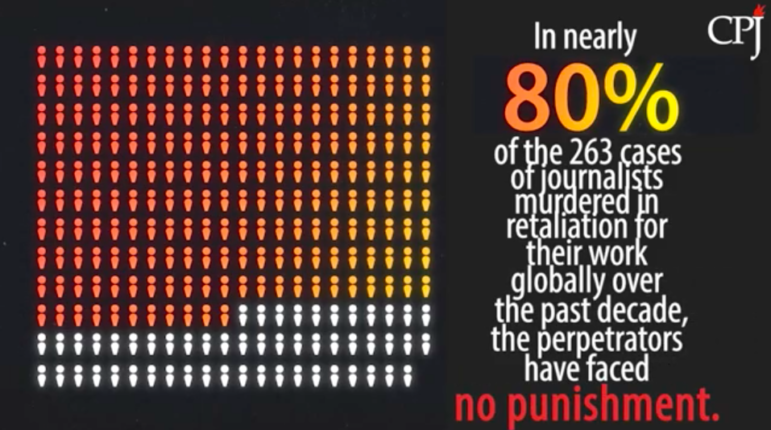
To mark the International Day to End Impunity for Crimes Against Journalists, the Committee to Protect Journalists (CPJ) released its annual report on the state of justice for attacks on the press around the world. It found that no one has been held accountable for 80% of all journalist murders in the past decade.
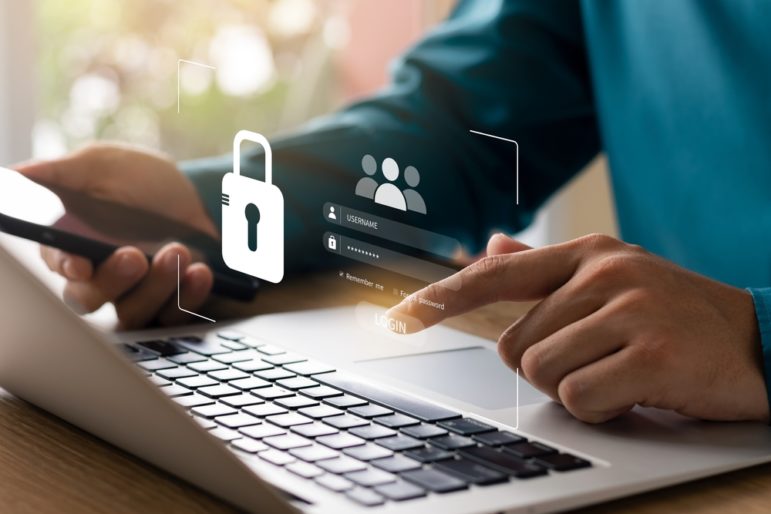
Some of the most significant progress in newsroom information security over the past decade has been in smaller, more recently-formed digital startups — many of them investigative outlets. They are proving they can effectively incorporate strong information security strategies into their highly adaptive and responsive workflows.
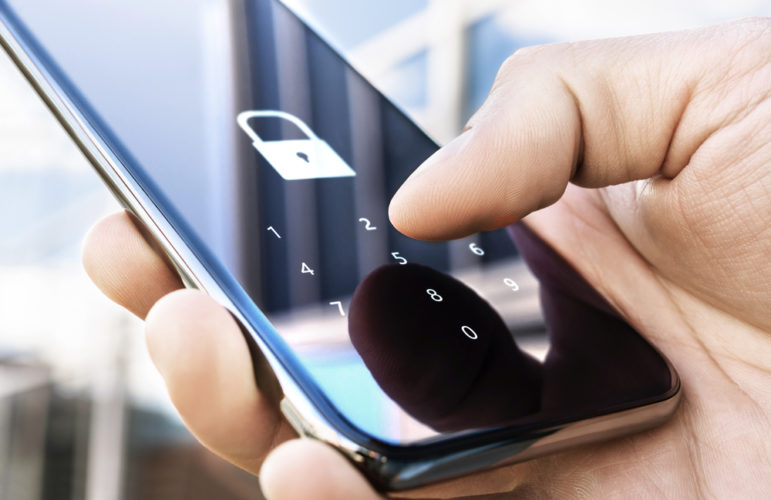
In an era when an investigative reporter’s contacts are often all stored on their smartphone or in the cloud, digital security best practices are paramount to protect your sources.
The figures are grim for our colleagues around the world. Since 1992, 978 journalists have been killed, according to the Committee to Protect Journalists. More than 60 percent have been murdered with impunity; that is, no killer was ever brought to justice. And today, 232 journalists are in prison worldwide, many for doing what would […]
There is no way for investigative journalists to completely eliminate the risk of being tracked through metadata, but in an interview with Reporters Without Borders, technology expert Benjamin Finn offers a series of tips on how to protect both your sources and yourself.

Due to her tenacity in scrutinizing Brazilian president Jair Bolsonaro’s family’s transactions, reporter Juliana Dal Piva is a constant target of attack by the president’s supporters. Here, she describes the security measures, collaboration, and persistence needed to keep the spotlight on autocrats in repressive environments.
Journalists receiving threats often have to flee their homes in a matter of a few hours. Conflicts, though, are often foreseeable and that’s why those in fragile regions should have an exit plan in place and crucial documents ready to go. We’ve listed what documents journalists should gather as well as which organizations support journalists with relocation.
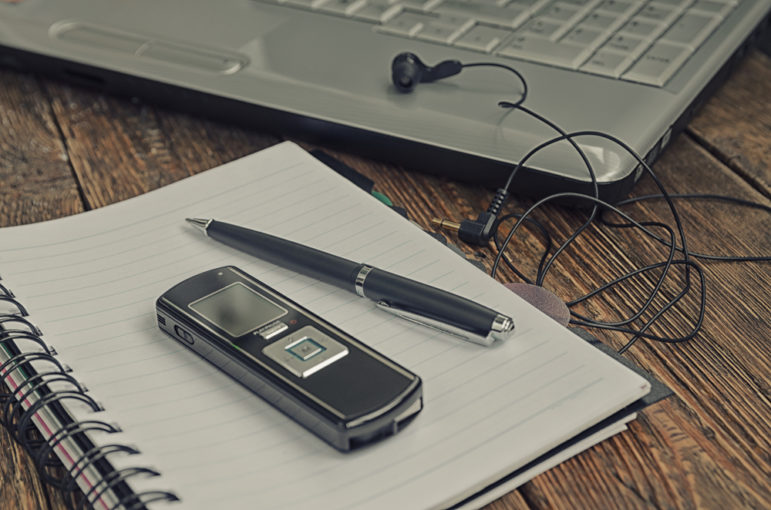
While there is no single service that meets all of our data privacy needs, here two experts unpack security and privacy practices for popular transcription services, weigh when journalists should use remote transcription services, and explore how to minimize risk when working with sensitive audio.